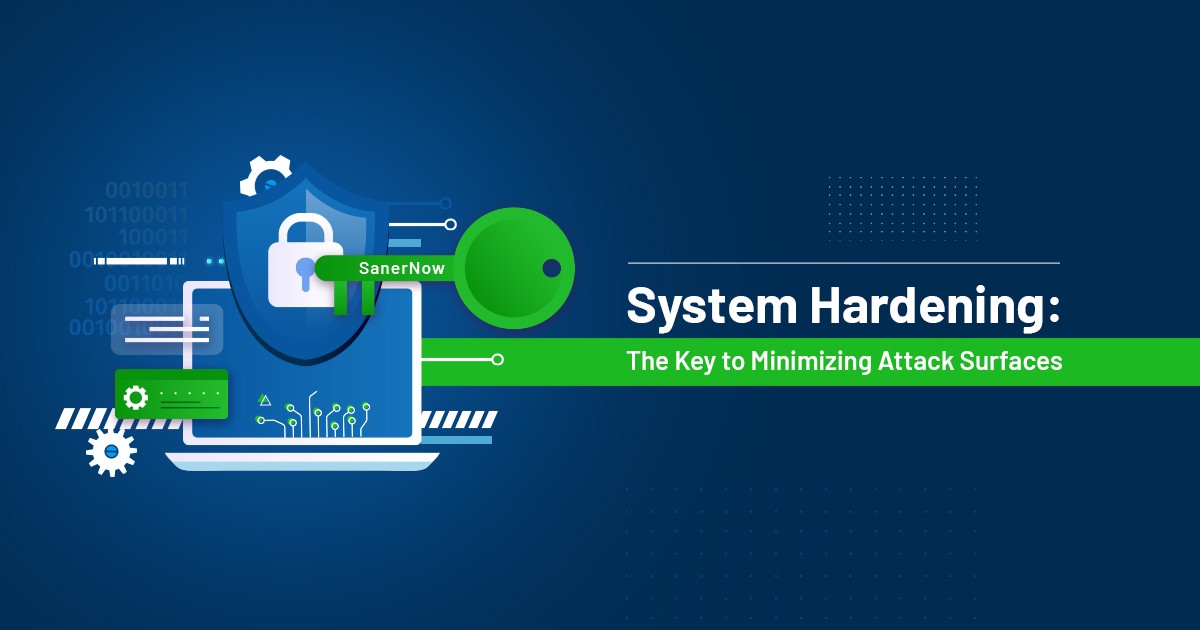Cyber-attacks are busting in from all directions. The biggest and most widespread attack was in 2017, called Wannacry. More than 230,000 computers were affected by ransomware, amounting to more than $4 billion in losses. This attack was due to an old SMB protocol enabled in Windows devices. Prevent these attacks by using a Vulnerability Management Tool. Microsoft had released a patch 2 months before the attack, but many organizations failed to patch their endpoints. A publicly disclosed critical risk was not detected and remediated in time with the System Hardening Process.
Learn more about system hardening here.
Studies predict businesses in 2021 will fall victim to a ransomware attack every 11 seconds, down from every 14 seconds in 2019. To secure your business from threat actors, you must implement a System-Hardening Process to secure your IT infrastructure. A good patch management software can help in mitigating the vulnerabilities.
Here are a few metrics to implement the system hardening process
1. Implement a robust and continuous approach to detect configuration drifts
Continuously scan your endpoints, detect the deviations in system settings, and identify the non-compliant devices immediately. You can detect configuration drifts instantly and roll out a remediation plan to reduce security gaps. Continuous scanning is the best way to maintain a minimal attack surface at all times.
2. Abide by industry or organizational security standards
Complying with industry-specific security standards like ISO, HIPAA, NIST, PCI, etc., serve as guardrails to follow a more robust security policy. They tighten your security strategy by making risk and threat mitigation processes faster. If you don’t have security benchmarks in your industry, create a security policy for your organization and follow it religiously.
3. Don’t miss out on hardening configurations across all OSs, applications, and servers
All your OSs, applications, and servers contribute to your security posture equally. Third-party applications are equally vulnerable to attacks as OSs. Ensure that you have a firm grasp on hardening all possible attack vectors. Don’t leave out any devices in your network because they seem unimportant.
4. Eliminate risks lurking everywhere and not just software vulnerabilities
Patching vulnerabilities in software are an important part of system hardening. But system hardening does not stop there. You need to monitor and control many other faulty configurations that might open endpoints to attack. Apply strong security measures like controlling account privileges, regulating application installation, setting firm password and firewall policies, and many more configuration checks.
SanerNow System Hardening process is a cloud-based device hardening technique to detect and remediate environment risks and keep endpoints secure. It runs continuous scans to detect configuration drifts instantly and also remediate them. With SanerNow, you can leverage 500+ security parameters per OS and support major industry compliance benchmarks, including HIPAA, PCI, ISO, and NIST.
SanerNow will help you orchestrate a strong system hardening process on your heterogeneous OS endpoints, applications, and servers. Schedule a free personalized demo, and we’ll show you how SanerNow can help you tighten your system configurations and secure your IT infrastructure.

